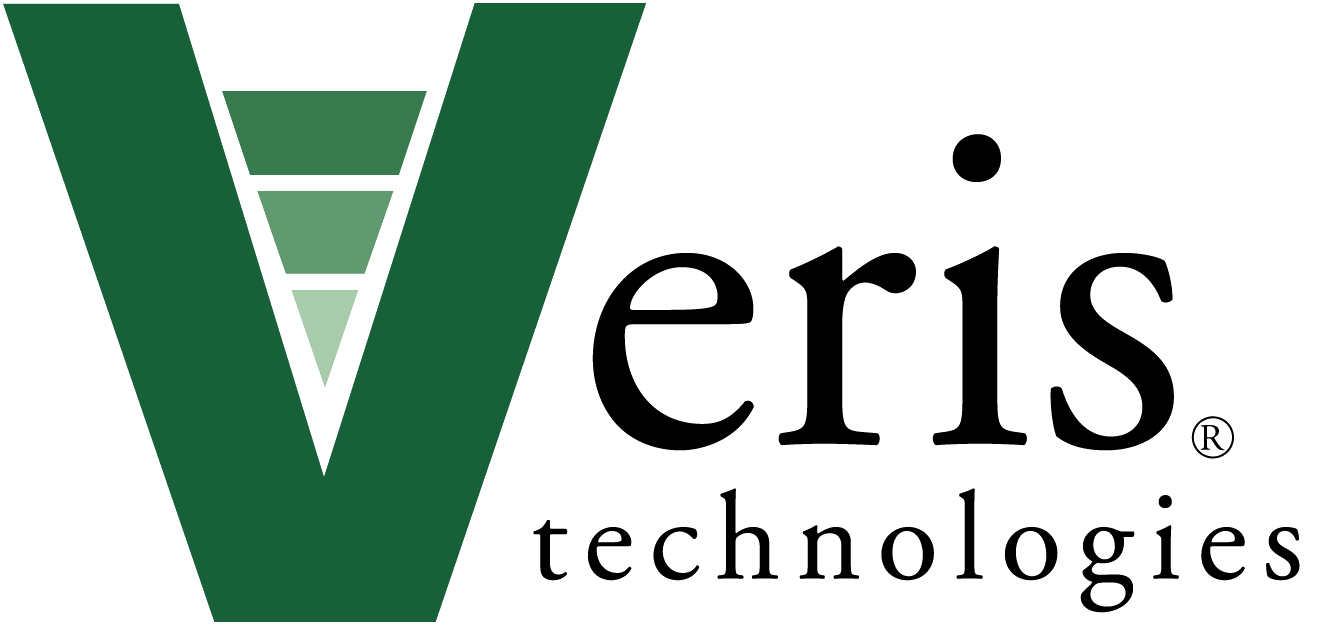Wilbur-Ellis Finds Unique Apps for Veris Maps Across the US
From the rolling fields in the Pacific NW to the flat cotton fields of west Texas to the picturesque orchards of Michigan, there is a growing trend in Wilbur-Ellis’ precision farming program—Veris soil mapping. Since acquiring their first Veris EC unit a decade ago, Wilbur-Ellis’ Agribusiness Division now offers Veris mapping in several of their 160 locations in 25 states.
Here’s a sampling of their results:
In the scenic yet highly productive valleys like the Willamette south of Portland and the Skagit near Seattle, Eric Shumaker, Field Technologies Specialist finds that Veris maps bring value to his growers. “They appreciate seeing this new technology going through their fields—they’ve worked these fields for many years and the Veris maps make sense.” Eric uses the term ‘digitizing their memory’ to describe the merging of Veris’ technology and his customers’ understanding of their fields. In addition to using Veris’ zones for variable-rate fertilizer applications, he’s seeing a benefit to VR herbicide applications. Adjusting soil-applied herbicide rates on sandy areas of a field can avoid carryover injury on rye grass seeded the next fall.
Jeremy Shuler from the Columbia Basin in Washington State is finding success for variable rate seeding (VRS) of corn based on EC maps. In soils that can include caliche and rocky spots, a 32-40,000 seeds/ac range has produced a .4 ton/ac increase in yield. Jeremy cautions that it’s important to know which hybrids to optimize. Ten years ago they purchased one of the first Veris pH modules and have mapped most of the pH-critical onion fields in their region.
Out on the high plains where Ryan Strong is the Regional Technology Manager, Veris maps are playing a role in VRS of corn, cotton, and grain sorghum. Lowering sorghum rates on the coarser-textured soil areas of a field produces stronger stalks in those spot—reducing lodging. “Veris maps have really taken hold down here,” Ryan reports, “our competitors are using imagery for their zones, but when you get right into the soil it makes a big difference.”
In northeast Kansas where Brook Mitchell directs Wilbur-Ellis’ precision ag efforts, the crops are primarily corn and soybeans. Since 2012 Brook has been using Veris EC and OM sensing for VRS of corn population and to guide soil sampling locations. Due to this area’s extreme variability in nutrients, they conduct intense soil sampling and use the Veris maps to adjust sample locations based on soil changes. Brook was initially skeptical about the need to send his OM data to Veris for processing. But after seeing the improvement in data quality that results from the feedback and processing, Brook says, “If anyone doubts the benefits of this, I can assure them of its value.”
Originally Published July 24, 2013.




